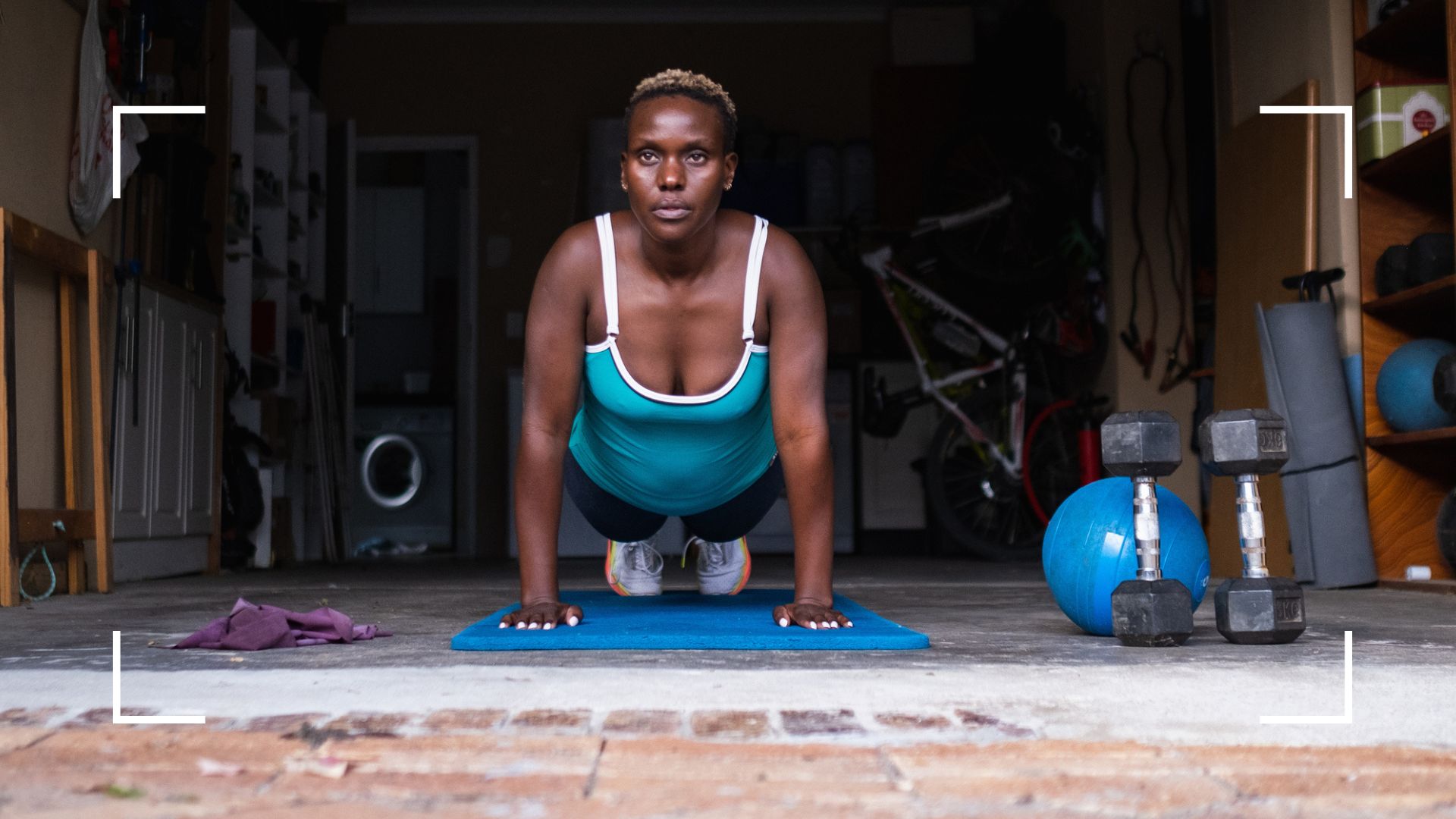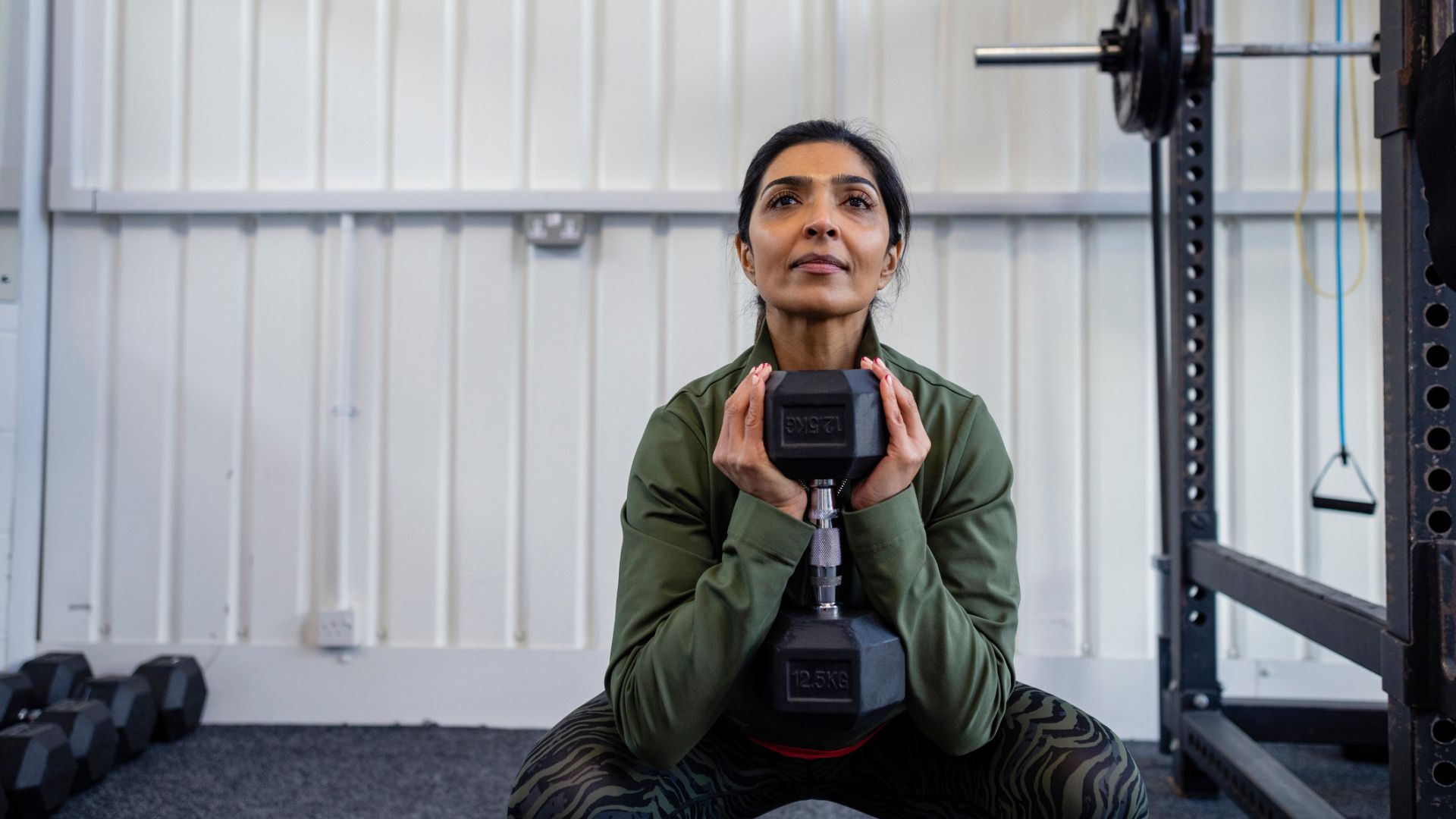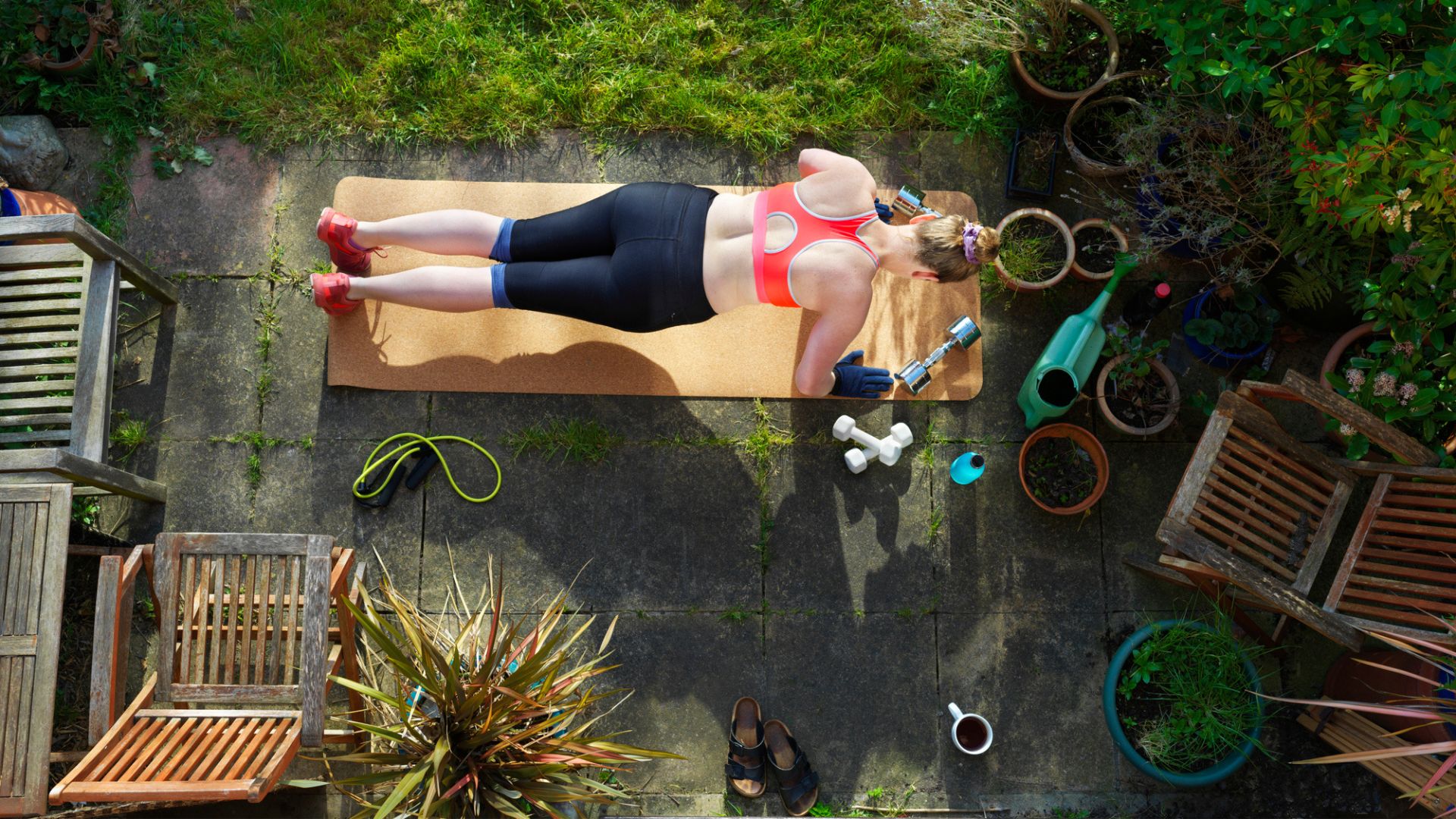
If you're regularly clocking up miles on the road, strength training for runners should definitely be part of your routine. No matter whether you've just started running or you've been going for years, adding in some resistance training can make a world of difference to your confidence, strength, and injury prevention.
Strength training doesn't have to be all barbells and dumbbells either. Bodyweight exercises can be just as valuable as weight-bearing exercises that focus more on balance and flexibility, like Pilates or yoga. As long as your muscles are pushing against resistance and it's a bit of a struggle, you're working hard.
Whether you're looking to run every day or have a specific goal, like running for weight loss, some form of resistance training should be part of your weekly routine. Here, two personal trainers reveal why strength training is so important and the best exercises to try in the gym or at home.
Why is strength training for runners important?
Strength training, by definition, strengthens the muscles and connective tissues surrounding them, explains personal trainer Lotti Sorrell. "By putting these under progressive overload in a controlled environment, you can both stimulate and surpass the stressors that running would create for the body," she explains. "When you use the correct form and approach, this adds up to mean that the risk of injury while running is significantly reduced."
But putting time in the gym into your workout routine pays off on your runs too, especially if you're following a running for beginners programme. "Strength training that's specific to running can significantly improve performance as well, since it can help to develop coordination and balance, meaning a more efficient stride," says Sorrell, who is the founder and head coach at Longevity.
You're also more likely to be running in ten years' time if you include strength training as part of your regular routine. "This type of training can address any muscular imbalances that consistent running might create, as well as any that were existing that may cause problems down the line," she says.
Best strength training exercises for runners
1. Squats
Squats are excellent for strengthening up the quadriceps, hamstrings, glutes, and lower back, says personal trainer Rachael Sacerdoti, a strength specialist and founder of It's So Simple. "It goes without saying that strong leg muscles are essential for maintaining proper running form and generating power during your runs so this move will be vital."
To do squats, follow this formula:
- Stand with your feet shoulder-width apart.
- Keep your chest up and shoulders back.
- Lower your hips back and down as if you're sitting into a chair.
- Keep your knees in line with your toes and avoid letting them collapse inward.
- Go low as your flexibility allows without rounding your lower back.
- Push through your heels to return to the starting position.

2. Lunges
"Lunges target the same muscle groups as squats but they also work on balance and stability, which is important for runners of all ages," says Sacerdoti. "They can help address muscle imbalances and enhance hip and knee joint stability, which is crucial for injury prevention in runners."
Proper lunge form looks like this:
- Begin by standing tall with your feet together.
- Step one foot forward, bending both knees to lower your body.
- Your front knee should be directly above your ankle, and your back knee should hover just above the ground.
- Keep your upper body upright and avoid leaning too far forward.
- Push through the heel of your front foot to return to the starting position.
- Repeat on the other leg.
3. Deadlifts
A favourite of the strength and conditioning coach, deadlifts work the hamstrings, glutes, and lower back. "Building strength in these areas can improve your running efficiency and overall power output, making you a stronger runner," she says.
Getting technique right with deadlifts is especially essential though, given the risk of potential back pain. Sacerdoti explains the form:
- Start with your feet hip-width apart and a barbell in front of you.
- Bend at your hips, keeping your back straight and chest up.
- Grasp the barbell with an overhand or mixed grip (one palm facing you, the other facing away).
- Keep the bar close to your shins as you lift it by extending your hips and standing up.
- Keep your back straight throughout the movement, and avoid rounding your spine.
- Lower the bar back down with control, maintaining the same form.
4. Plank
The classic plank is a core-focused exercise that's often overlooked, says Sacerdoti. While you may think that strength training for runners is all focused on the lower body, keeping your core well-trained has its benefits - especially on longer runs.
"Core strength is fundamental for maintaining proper posture and stability while running," she says. "Planks engage the core muscles, including the abdominal muscles, obliques and lower back. A strong core is essential for better running form and can help reduce the risk of injuries."
To do a plank:
- Begin in a push-up position, with your arms straight and your hands directly beneath your shoulders.
- Engage your core and glutes to create a straight line from your head to your heels.
- Keep your neck neutral, looking down at the ground.
- Hold this position for the desired amount of time, focusing on maintaining proper alignment.
- Avoid letting your hips sag or raising your hips too high.

5. Hip bridges
"Strong glutes play a crucial role in maintaining proper running mechanics," says the coach. "Hip bridges are brilliant for helping to improve hip extension and stability, they target the glutes and hamstrings."
How to do hip bridges:
- Lie on your back with your knees bent and feet flat on the ground.
- Place your arms by your sides, palms facing down.
- Press through your heels and lift your hips off the ground.
- Squeeze your glutes at the top of the movement.
- Keep your body in a straight line from your shoulders to your knees.
- Lower your hips back down with control and repeat.
How many times a week should a runner strength train?
The question of 'how often should you lift weights?' is a common one, with most experts recommending a couple of times a week as standard. However, even just once a week is better than nothing at all, says PT Sorrell. "The most effective programme is one that you'll actually stick to, so it's always best to find a realistic goal," she says. "Strength training doesn't need to take hours and a little goes a long way so finding an efficient programming and great coach will mean that you can see improvement from as little as just one session per week if that's what you can commit to."
Plus, there is research to suggest there's actually not all that much difference between training twice a week and once a week. For instance, a study by the New York College of Osteopathic Medicine looked at almost 20 older adults, of which half trained twice a week in the gym and the other half once a week. The researchers found that one set of exercises performed to fatigue improved participants' strength just as much as twice a week.
Another study by Utah University was conducted specifically on women and compared two groups - one who performed a single set of leg press movements once a week and another twice a week. Overall, there was no difference in results.
The most important thing is lifting those weights until your muscles hit fatigue, no matter how many times a week you're hitting the gym. "It's a great way to ensure you're achieving progressive overload in your strength training and it can be an effective way to gauge your profession since it can be a nice marker for comparison as your running stamina progresses," says Sorrell.
So, as the saying goes, something is better than nothing. If you're able to, to get the most out of your strength training and to ensure you've got the best form, enlist the help of a coach either in-person or online. You could also try Pilates for strength training or download one of the best running apps, which will offer strength training sessions designed specifically for runners.
Is it important for runners to strengthen the upper body too?
"It's crucial for runners to strengthen their upper body and lower body," says Sacerdoti. "Although running primarily involves the lower body, neglecting the upper body can lead to imbalances and limitations that can affect performance and overall wellbeing."
Plus, she adds, "Strengthening the upper body helps with posture, core stability, and running form (planks are good for this), along with improving your arm swing and balance, and helping prevent injury."







